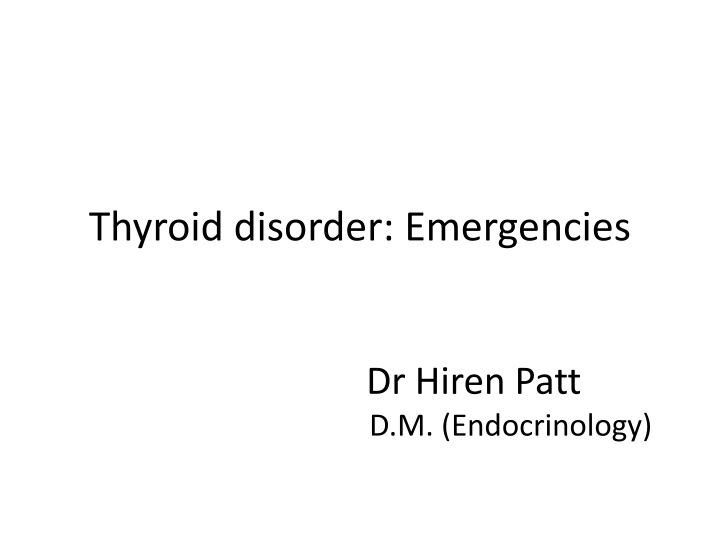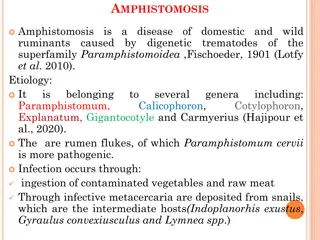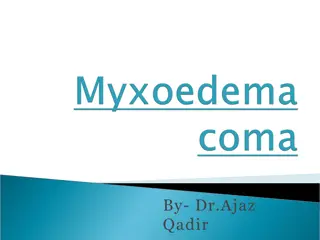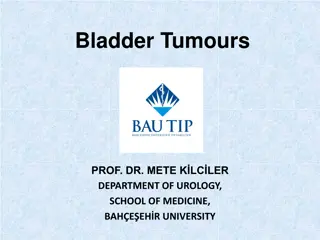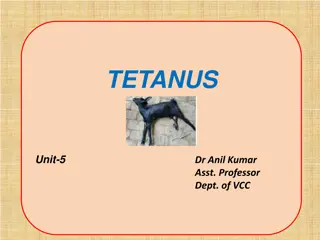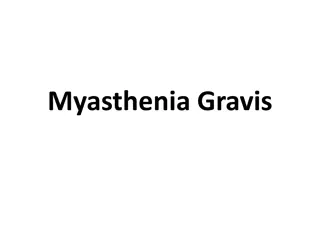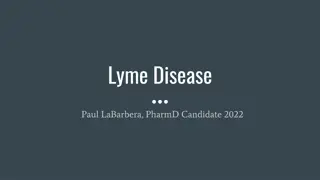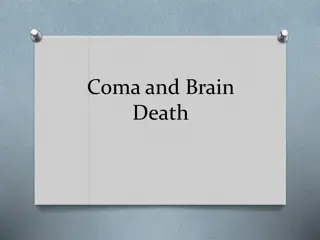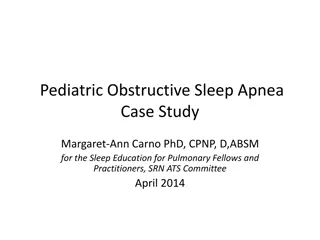Myxoedema Coma: Symptoms, Diagnosis, and Management
Myxoedema Coma is a medical emergency caused by severe hypothyroidism, leading to organ dysfunction and high mortality risk. Learn about its symptoms, diagnosis, and effective management strategies including necessary investigations and treatment protocols.
Download Presentation

Please find below an Image/Link to download the presentation.
The content on the website is provided AS IS for your information and personal use only. It may not be sold, licensed, or shared on other websites without obtaining consent from the author.If you encounter any issues during the download, it is possible that the publisher has removed the file from their server.
You are allowed to download the files provided on this website for personal or commercial use, subject to the condition that they are used lawfully. All files are the property of their respective owners.
The content on the website is provided AS IS for your information and personal use only. It may not be sold, licensed, or shared on other websites without obtaining consent from the author.
E N D
Presentation Transcript
Thyroid disorder: Emergencies Dr Hiren Patt D.M. (Endocrinology)
What is Myxoedema Coma? Severe hypothyroidism Slowing of functions of multiple organs Medical emergency High mortality rate (up to 40 %) Rare nowadays (because of early diagnosis)
Coma: Must for Diagnosis ? Confusion Lethargy Obtundation Drowsiness Stupor Coma Rarely, myxoedema madness (Psychosis)
Pathogenesis Old age, female Severe long-standing hypothyroidism Precipitating factors: Infection MI Cold exposure Sedative drugs
Clinical features Decreased mental status Hypothermia Hypoventilation Bradycardia Hypotension Hyponatremia Hypoglycemia
Investigations Total T4/ Free T4 TSH Cortisol ACTH Before starting any treatment
Hypothyroidism + Cortisol deficiency Primary hypothyroidism: Addison disease TSH: high ACTH: high Secondary hypothyroidism: Panhypopituitarism TSH: low/normal ACTH: low/normal
Management If the results for TSH, T4 & Cortisol are delayed, treatment can be started before results Hydrocortisone dose: 100 mg i.v. stat 100 mg i.v. 8 hourly for 2 days Tapering dose to minimum required dose Supportive measures: ABC Rx of coexistent illness (e.g. infection)
Problems with T4 Rx T4 to T3 conversion: slow T4 absorption: slow (GI motility: affected)
Management T4 + T3 preferred than T4 alone T4 (intravenously) 200-400 mcg i.v. stat 50-100 mcg i.v./day Till patient starts taking orally T3 (intravenously) 5-20 mcg i.v. stat 2.5-10 mcg 8 hourly Till patient is stable
Case 1 60 yrs/F, Altered sensorium: 2 days Hypoglycemia, but no improvement even after correction K/c/o: Hypothyroidism: 10-12 years Stopped Rx: 1 year P: 60/min, BP: 80/40 mm Hg
Biochemistry Normal range 0.4 4 4.5 12.5 135 145 TSH T4 Na 0.08 0.4 130 Rx: Thyroxine 50 mcg/day & referred to us
Provisional Diagnosis (TSH + ACTH deficiency) Myxoedema crisis with panhypopituitarism Pituitary Profile: ACTH, Cortisol, FSH, Prolactin Inj. Hydrocortisone 100 mg i.v. stat and then 8 hourly started
Pituitary Profile Normal range 18-46 5-25 > 10 5-20 ACTH S.Cortisol FSH Prolactin 6 0.8 NDT 0.2 MRI: Empty sella
Final Diagnosis TSH deficiency ACTH deficiency FSH/LH deficiency Prolactin deficiency Myxoedema crisis + Pahypopituitarism
Management: Issues T4 & T3 (i.v.): Not available T4 (oral): Only option T4: Dose ?
Management Tab.Thyroxine (400 mcg) stat through RT No RT feeds for next 4 hours to improve absorption
Management Day Tab.Thyroxine Free T4 (normal range: 0.8-1.8) 1 400 mcg 0.4 2 300 mcg 0.7 3 250 mcg 0.9 4 150 mcg 1.0 5 150 mcg 1.2 6 100 mcg 1.2
Discharged: Tab. Thyroxine 100 mcg 1-0-0 Tab. Prednisolone 2.5 mg 1-0-0 with stress cover
Introduction Medical emergency High mortality rate (up to 30 %) Rare nowadays (due to early diagnosis)
Etiology Long standing untreated hyperthyroidism Precipitating factors: Trauma Infection Surgery (thyroid/non thyroid) Acute iodine load
T3, T4, TSH Required to diagnose hyperthyroidism Doesn t differentiate b/w compensated hyperthyroidism & Thyrotoxic crisis
Clinical features Tachycardia Nausea/vomiting/abdominal pain Hepatic failure with jaundice Hypotension/CHF/Arrythmia Hyperpyrexia (Temp. upto 104 to 106) Agitation/psychosis/delirium/stupor/coma
Management Beta blockers Methimazole/PTU Iodine solution Glucocortisoids Bile acid sequestrants Supportive measures: ABC Rx of coexistent illness (e.g. infection)
Beta blockers Propranolol: 60-80 mg every 4-6 hourly Adjusted by Heart rate/BP To improve symptoms/signs related to sympathetic overactivity
Thionamides Carbimazole: 30 mg every 4-6 hourly Methimazole: 20 mg every 4-6 hourly PTU 200 mg every 4 hourly PTU > Methimazole: Preferred, because it inhibits conversion of T4 to T3 as well
Glucocorticoid Hydrocortisone 100 mg i.v. 8 hourly Interferes with T4 to T3 conversion Possibly, halts autoimmune process in Grave s disease.
Iodine solution SSKI: 5 drops every 6 hourly Lugol s iodine: 10 drops every 8 hourly Start 1 hour after the thionamide dose
How to make SSKI ? 144 gms potasium iodide 100 ml water
Iodinated contrast agents Iopanoic acid 0.5-1 gm/day Interferes with T4 to T3 conversion Inhibits release of thyroid hormones from thyroid gland
Bile Acid Sequestrants Cholestryramine 4 gm every 6 hourly Interferes with enterohepatic circulation & recycling of thyroid hormones
Conclusion Thyroid emergencies: rare, but fatal Myxoedema coma: Can use high dose oral T4 Rule out cortisol deficiency Thyrotoxic crisis: comprehensive management with beta blockers, thionamides, iodide, steroids etc.
